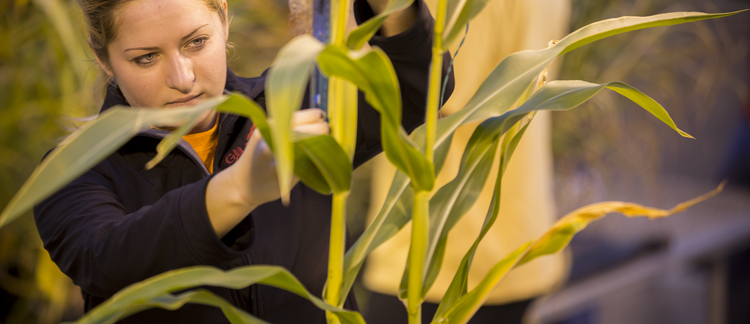Abstract
Flax (Linum usitatissimum [Linaceae] – linen family) is an ancient crop that had been grown in Iowa for many years, but it has been displaced by the emphasis on commodity corn and soybeans. Flax has many uses, including industrial oils from oilseed flax; food-quality flaxseed oil; and linen products, fiberboard and paper products from the straw. Flaxseed oil is high in omega-3 fatty acids, which are associated with lowered risk of heart disease and lowered blood cholesterol levels. Flax has a 50-day vegetative period, a 25-day flowering period, and a 35-day period to maturity. Seeds are produced in bolls that contain 6–10 seeds. Seed color can be brown, golden, or yellow. The seed is covered with a mucilaginous coating. The flax crop responds to up to 50 lb/acre nitrogen, similar to organic small grains. Mycorrhizal association may increase the ability of flax to take up phosphorus from the soil, so growing flax after mycorrhizal wheat rather than after nonmycorrhizal canola may improve its phosphorus uptake by flax. Early-seeded flax generally produces the highest yields, when using the same planting dates as small grains. Frost seldom kills flax seedlings. Nonuniform maturity and ripening are problems in late-seeded fields.
Keywords: Horticulture, Agronomy
How to Cite:
Delate, K., McKern, A., Rosmann, D. & Van Dee, K., (2006) “Evaluation of Previous Rotation on Flax Performance in Certified Organic Production - Crawfordsville Trial, 2005”, Iowa State University Research and Demonstration Farms Progress Reports 2005(1).
Downloads:
Download pdf
View PDF
241 Views
102 Downloads

